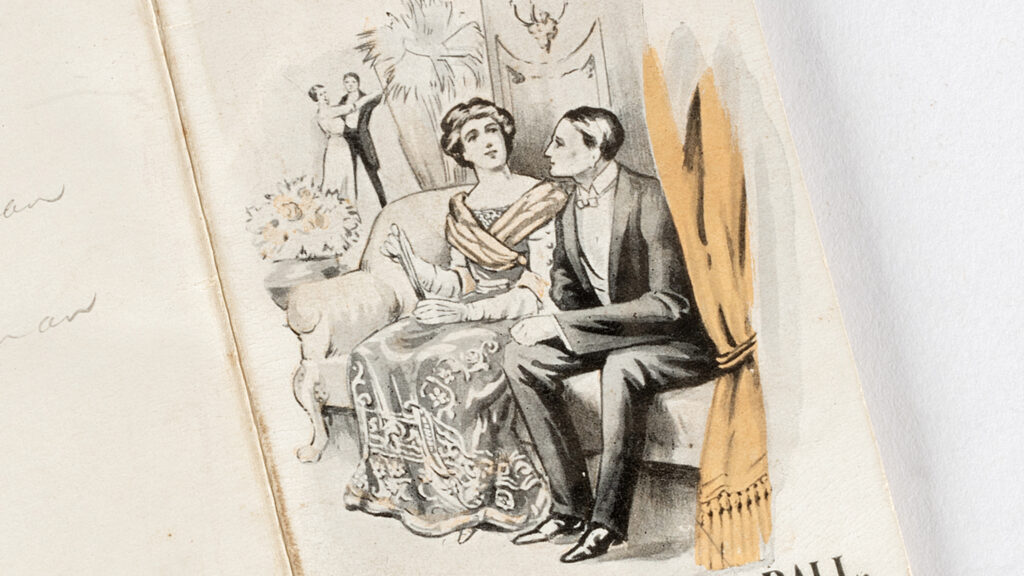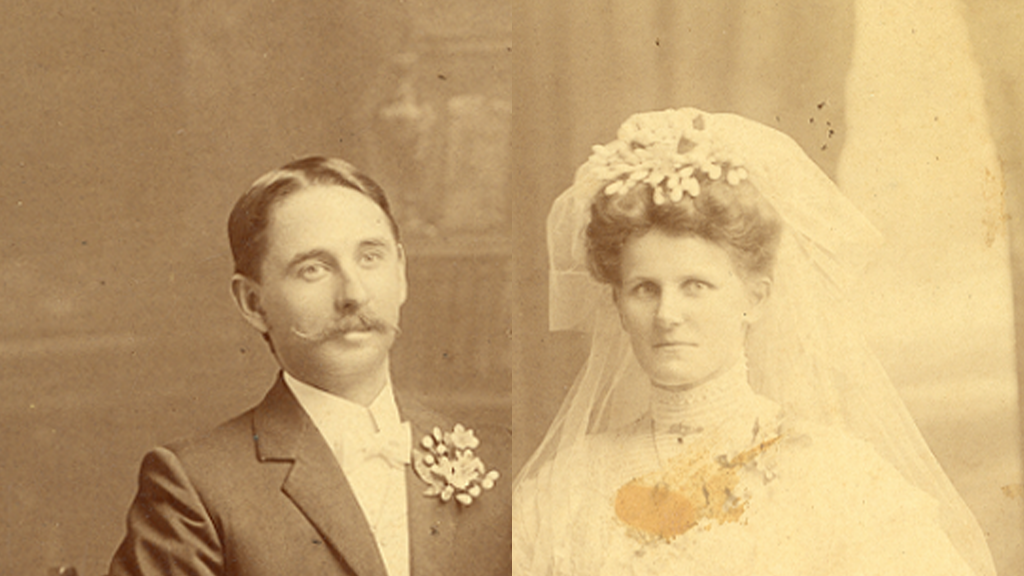
On a Friday afternoon in early February 1919, the members of Narrabri Red Cross Society called for a town hall meeting of the utmost urgency ‘for the purpose of coping with the influenza epidemic should it make its appearance in the town or district.’ The invitation was extended to all who wished to volunteer their […]
Read More…
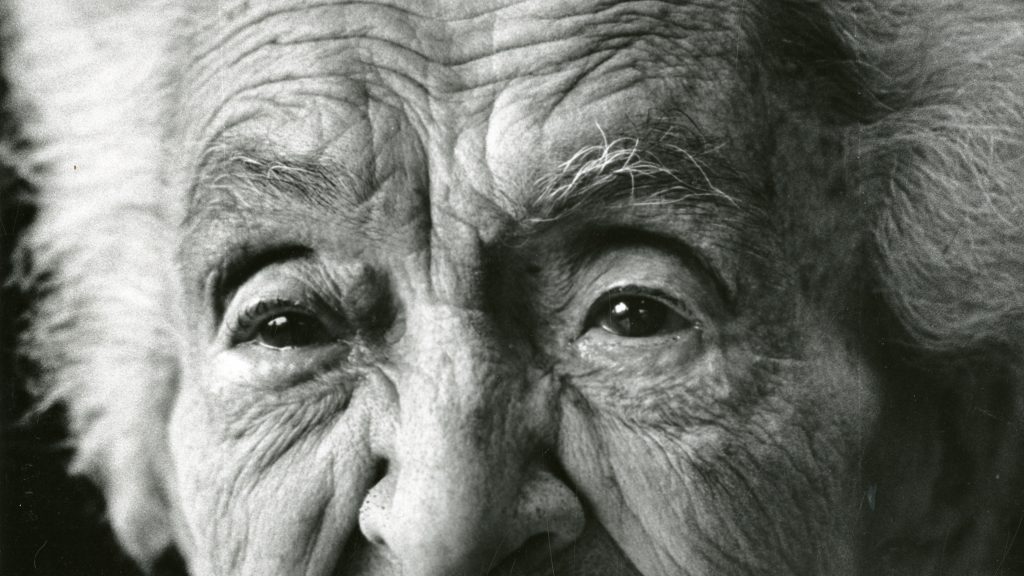
To say that Esther Batstone (1888–1992) led a full life is an understatement, a life that appears etched into her face. These two photographs show Esther in the latter years of her life. The first, aged 92 at home in Guinea Street and still looking sprightly and the second, aged 103 at the Marianella Aged […]
Read More…
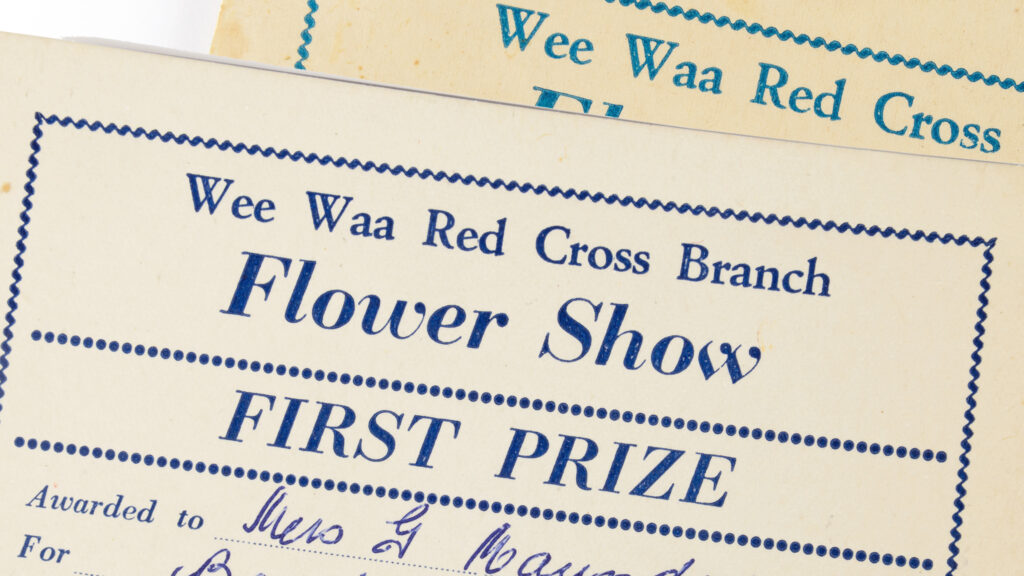
Flower shows have their roots in 17th and 18th century Britain, where they began as competitions among florists. Back then, florists weren’t the artful flower arrangers we know today; they were avid gardeners experimenting with breeding new flower varieties. A handful of plants (the readily mutating Sweet Pea (Lathyrus odoratus) included) became known as ‘florist’s […]
Read More…

Miss Zelma Coralie Futter, of Inverell, waved this Union Jack during the armistice celebrations in Sydney in November 1918, to celebrate the end of WWI. It was the British flag that Australian soldiers had marched under during the war, and it was British foreign policy that dictated the movement of Australian troops. So, the Australian […]
Read More…
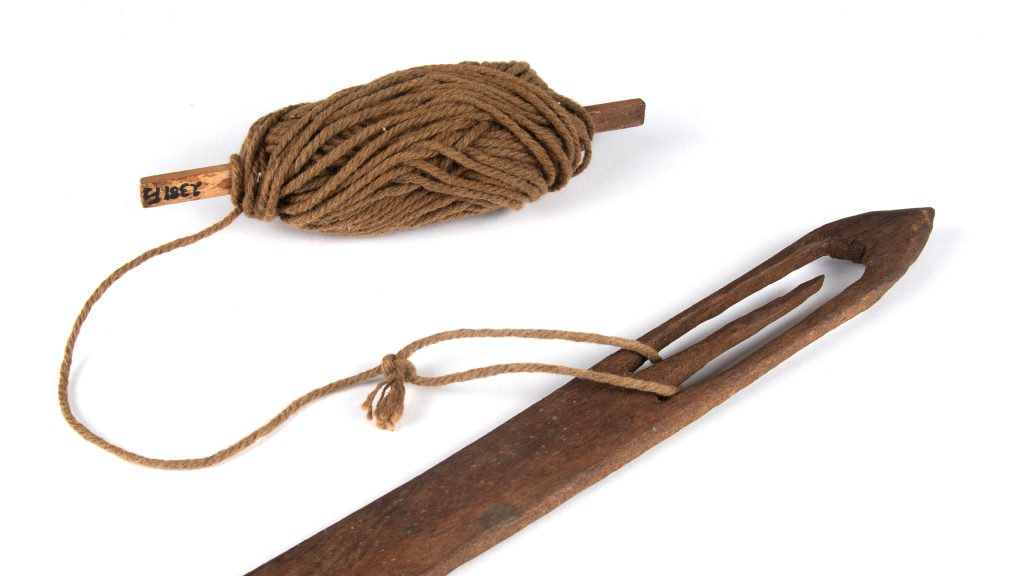
Hiding a fascinating story behind its deceptively simple appearance, this wooden shuttle was used during the Pacific War (1944 – 1945) to weave green camouflage netting, intended to be used by soldiers stationed in the Pacific. World War II placed an unprecedented demand on Australian communities. As men answered the call to fight, women increasingly […]
Read More…
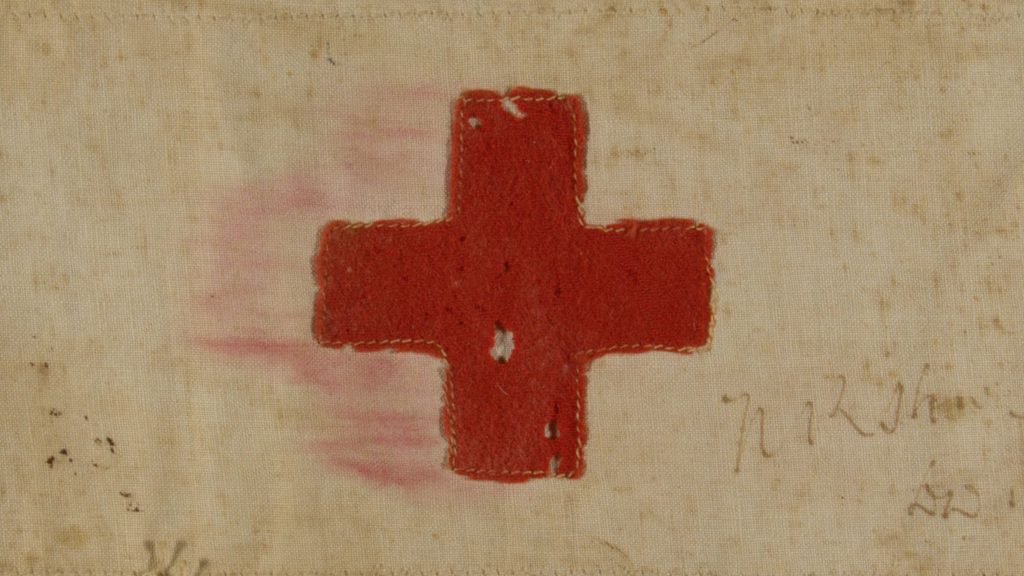
When Norman Victor Reid went to join the AIF at Sydney on 11 February 1915 he was still 11 months short of the minimum age for enlistment (19). So, he took with him a letter from his father giving him permission to join the Army Medical Corps and go to the front. Norman was accepted […]
Read More…

This empire waist dress, which has a cross-over bodice and matching bolero jacket, was made from a former blackout curtain used during WWII. After ‘Victory in the Pacific’ was declared in August 1945, the curtain was salvaged by Merle Hadley (1926-2015) from her childhood home in Sydney. The dress was machine-sewn by Merle in 1956, […]
Read More…






